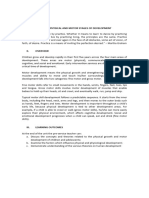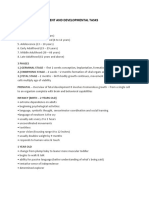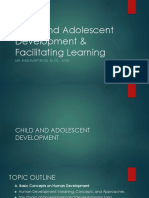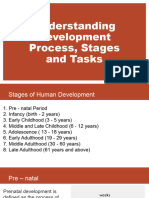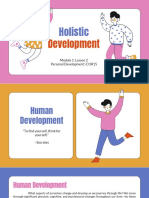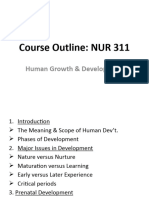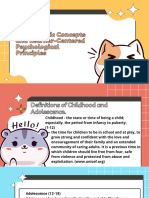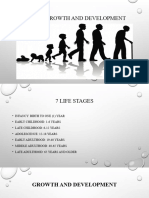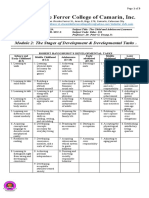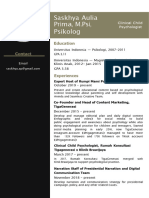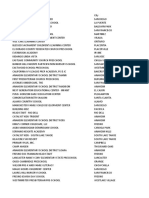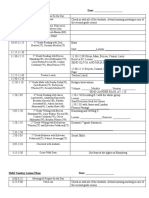0% found this document useful (0 votes)
27 views27 pagesObjectives
The document outlines a lesson plan focused on the stages of human development, including objectives for students to identify and describe these stages and create a visual timeline. It details the various stages from prenatal to late adulthood, highlighting key developmental tasks associated with each stage. The lesson includes activities such as group work, role-playing, and assignments to reinforce learning.
Uploaded by
Dem JorieCopyright
© © All Rights Reserved
We take content rights seriously. If you suspect this is your content, claim it here.
Available Formats
Download as PDF, TXT or read online on Scribd
0% found this document useful (0 votes)
27 views27 pagesObjectives
The document outlines a lesson plan focused on the stages of human development, including objectives for students to identify and describe these stages and create a visual timeline. It details the various stages from prenatal to late adulthood, highlighting key developmental tasks associated with each stage. The lesson includes activities such as group work, role-playing, and assignments to reinforce learning.
Uploaded by
Dem JorieCopyright
© © All Rights Reserved
We take content rights seriously. If you suspect this is your content, claim it here.
Available Formats
Download as PDF, TXT or read online on Scribd
/ 27















